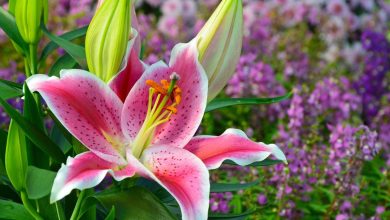Guide to Learn to Take Care of your Christmas Cacti
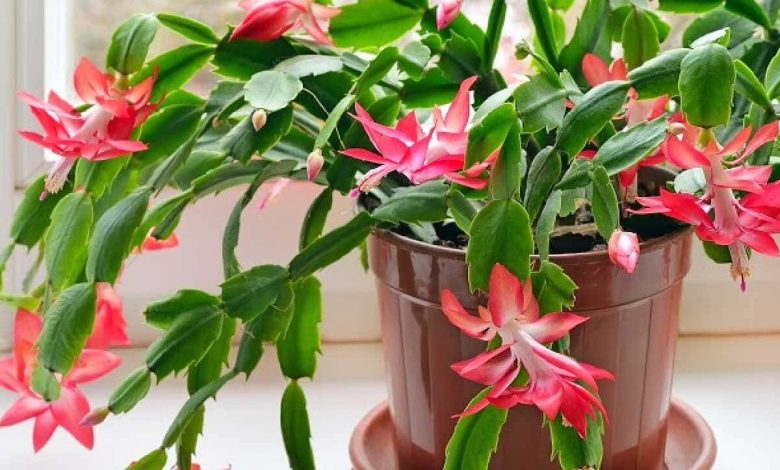
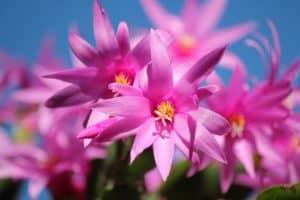 The Christmas cactus is a plant of the genus Schlumbergera, which are species native to Brazil.
The Christmas cactus is a plant of the genus Schlumbergera, which are species native to Brazil.
They are popular in some regions as their flowers bloom during the Christmas season and are sometimes used as a decorative item.
If you want to know what some of the Christmas cactus care are, we invite you to continue reading this brief guide. We hope that it will be useful to you and that it will allow you to cultivate them correctly so that they develop to the maximum.
What soil needs does the Christmas cactus have?
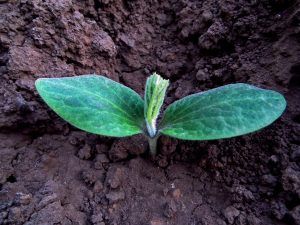 Also known as Santa Teresita, the cactus is a tropical rainforest plant that grows as an epiphyte in rock crevices where it finds enough humus for its roots to adhere to the ground.
Also known as Santa Teresita, the cactus is a tropical rainforest plant that grows as an epiphyte in rock crevices where it finds enough humus for its roots to adhere to the ground.
However, it can be grown in baskets or pots in cool, light areas. As such, this cactus needs very well-drained soil, with a slightly acidic pH between 5.8 and 6.3.
Soils that meet these conditions can be commercial peat-based substrates, or home-made mixes made up of 50% peat, 25% perlite and 25% sand.
Other growers recommend making a mix of 40% perlite and 60% peat moss. However, it is necessary to remember that peat tends to lose its structure over the years and that it can suffocate the roots.
How to make the Christmas cactus grow strong and vigorous?
Christmas cactus care is few since it is a low-maintenance plant. In fact, the secret of its cultivation is closely related to temperature control and lighting variations. Here are some key points.
Temperature
The temperature in the cultivation of the Christmas cactus is very important and depends on the variations produced by the different seasons of the year.
For example, during spring and summer, ideal cactus growth occurs at temperatures between 21°C and 26°C. During the fall, cacti rely on shorter days and cooler temperatures (photoperiod).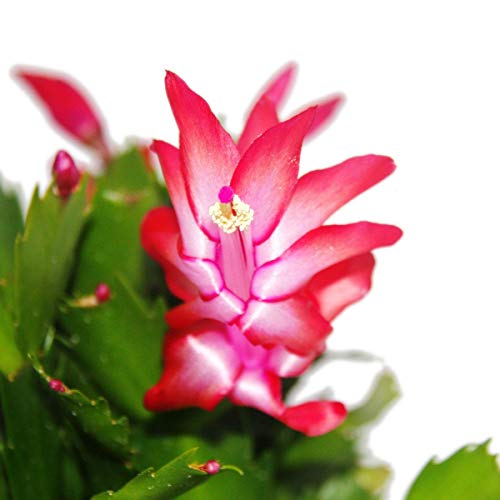
For the plant to flower, it must be at a night temperature of between 10°C and 15°C. However, maximum flowering is obtained when the temperature remains between 15°C and 20°C.
It is important to add that some experts place Christmas cacti in pots. This allows them to move them outside during the summer months. On the other hand, when the temperatures drop in winter, they take them inside so that the cold does not harm them.
Lightning
Suggested lighting for Christmas cacti should be that which is received in light shade or light shade, especially during the hot months. On the other hand, during the fall and winter months, direct exposure can be beneficial.
Another important aspect of Christmas cactus care has to do with the number of hours it spends in the dark. As such, it needs a minimum of 14 hours of darkness per day for 6 continuous weeks, beginning in mid-September.
Fertilizer
The Christmas cactus can be fertilized like a conventional houseplant. For this, it is recommended to use a good quality and balanced fertilizer, as is the case with products with a 10-10-10 formula.
The fertilizer should be applied monthly, or according to the manufacturer’s instructions, paying more attention during the growth period from April to June. For large plants, fertilizer will need to be applied during September and October due to flowering.
What humidity does the Christmas cactus need?
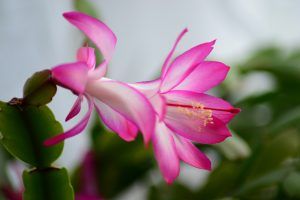 Despite being a cactus, this plant does not have a good ability to tolerate drought.
Despite being a cactus, this plant does not have a good ability to tolerate drought.
In fact, they should never lack water, so it is recommended to keep the soil slightly moist and apply the next watering until the substrate begins to feel dry to the touch.
However, the humidity is variable according to the stage of development of the plant. For example, during the months of active growth and during the flowering months, the Christmas cactus will need moderate watering.
Instead, watering frequency and amount should be reduced from fall through spring, when the cactus is no longer blooming, and 6 to 8 weeks before it blooms again to allow it to go dormant.
Is it necessary to prune the Christmas cactus?
It is recommended to prune the Christmas cactus when you need to reduce its size, or to encourage its growth or to propagate it. The most appropriate season to do it is during the months of September and October.
The procedure is very simple, only the sections that are at the ends of the plant should be cut. These cuts can be made with clean tools, or simply by twisting the segments quickly.
How to prevent pests and diseases from appearing on the Christmas cactus?
Christmas cacti are plants that are very resistant to diseases and pests. However, one of the main diseases is root rot , which can be prevented by avoiding excessive watering, constant humidity and poorly drained soil.
Pests include mealybugs, soft brown scale, red mites, aphids, and snails. To keep them under control, it is recommended to use a houseplant insecticide. In the case of snails, it will be helpful to keep the pots off the ground.
Conclusions
Schlumbergera is an easy to grow and highly attractive species, making it a great choice for those who enjoy having flowers and color in their garden during the last months of the year.
We hope that this brief guide with the care of the Christmas cactus has been useful to you and that it allows you to grow them correctly. If you want to know other important aspects about this and other plants, we invite you to continue reading our blog.
Bibliographic references
- http://www.e-gro.org/pdf/2015_438.pdf
- https://static1.squarespace.com/static/50db5688e4b00220dc71db15/t/5c869d71e4966bdd8706f84d/1552326002848/Info+Sheet_Christmas+Cactus_up.pdf
- http://www.ladybug.uconn.edu/FactSheets/holiday-cacti.php
- https://hgic.clemson.edu/factsheet/thanksgiving-christmas-cacti/
- https://mastergardener.extension.wisc.edu/files/2016/03/HolidayCactus.pdf
- https://hortscans.ces.ncsu.edu/uploads/h/o/holiday__53da85e4ad2a9.pdf
- https://ucanr.edu/sites/Tuolumne_County_Master_Gardeners/files/253003.pdf
Maybe you are also interested in:

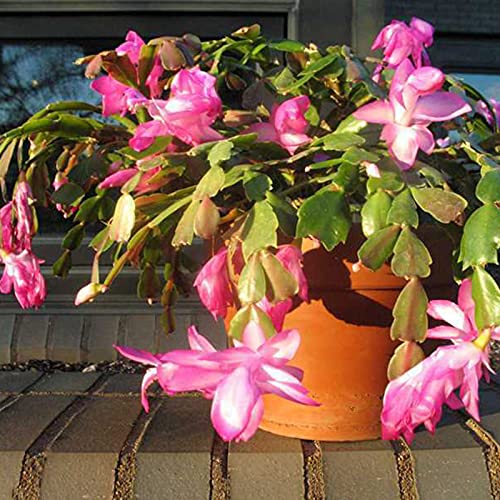

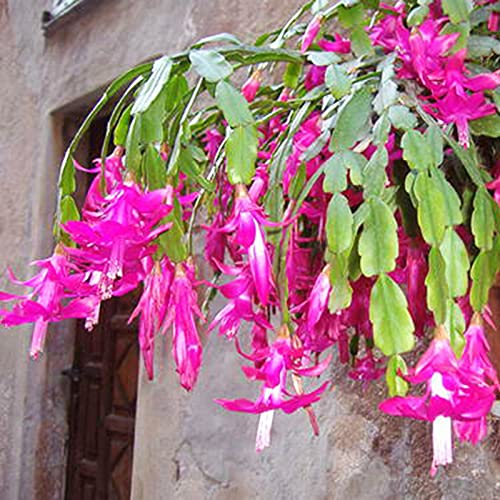
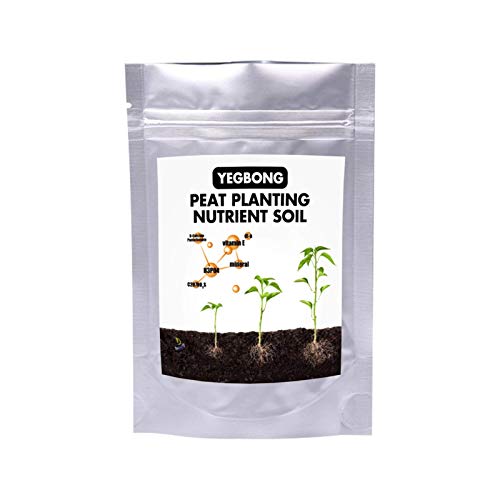


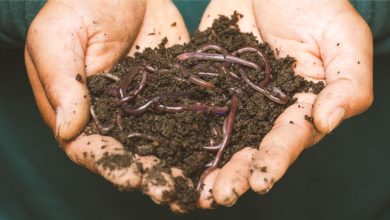
![Photo of How to Plant Sweet Potatoes Step by Step [Images + Complete Guide]](https://www.complete-gardening.com/wp-content/uploads/2022/08/how-to-plant-sweet-potatoes-step-by-step-images-complete-guide-390x220.jpg)
